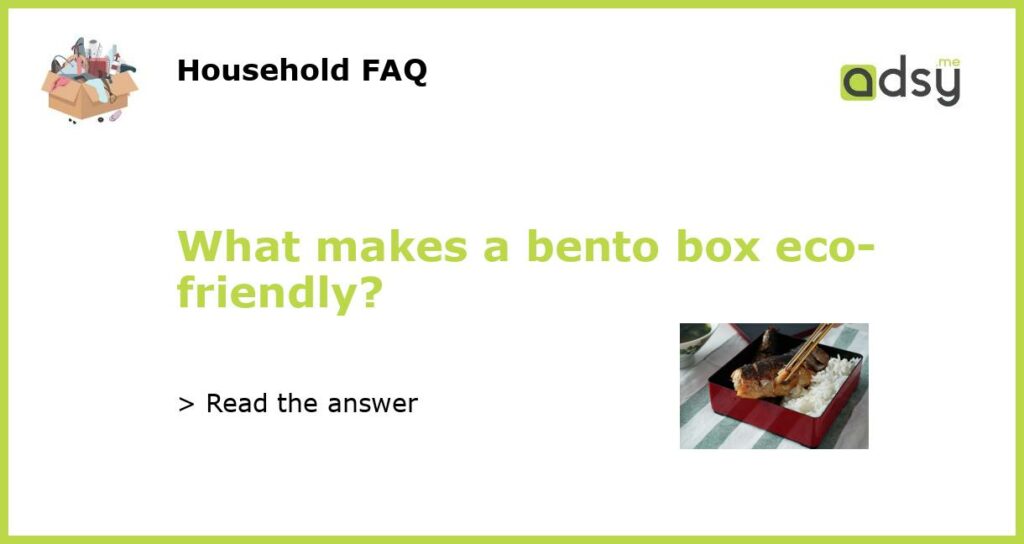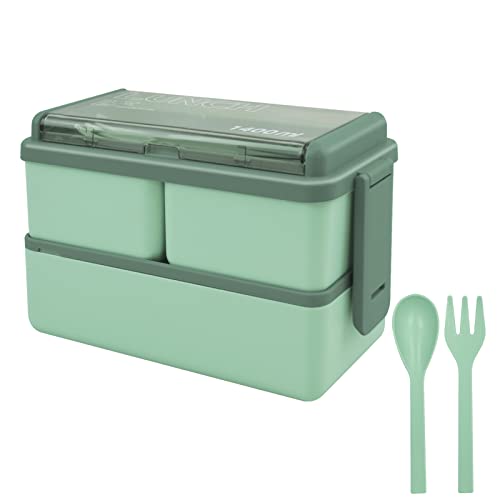Eco-Friendly Bento Boxes: A Growing Trend
As our world becomes increasingly conscious of its impact on the environment, more and more people are looking for ways to reduce their carbon footprint. One growing trend is the use of eco-friendly bento boxes. But what exactly makes a bento box eco-friendly?
Materials Matter: Choose Sustainable Options
When it comes to eco-friendly bento boxes, the materials used are crucial. Traditional plastic or disposable containers contribute to the overwhelming amount of waste produced each year. Instead, opt for containers made from renewable materials such as bamboo or wheat straw. These materials are biodegradable and don’t release harmful chemicals during decomposition.
Reduce Your Use of Single-Use Plastics
Most traditional bento boxes come with plastic utensils and packaging. By investing in a bento box with reusable utensils or bringing your own utensils, you can significantly reduce your waste output. Additionally, avoiding single-use plastic bags or packaging is another way to reduce your carbon footprint when packing a bento box.
Support Sustainable Brands
Choosing a bento box from a sustainable brand is another way to make sure your lunch habits are eco-friendly. Brands like Eco Lunch Boxes or Bambu Home prioritize the use of sustainable materials and have a commitment to eco-friendly practices.
Consider the Afterlife
Finally, when choosing an eco-friendly bento box, consider its afterlife. What happens to the container once it’s reached the end of its use? Depending on the materials, it may be able to be composted, recycled, or even repurposed. Be sure to dispose of your bento box in a way that aligns with its end-of-life options to continue its eco-friendly impact.






